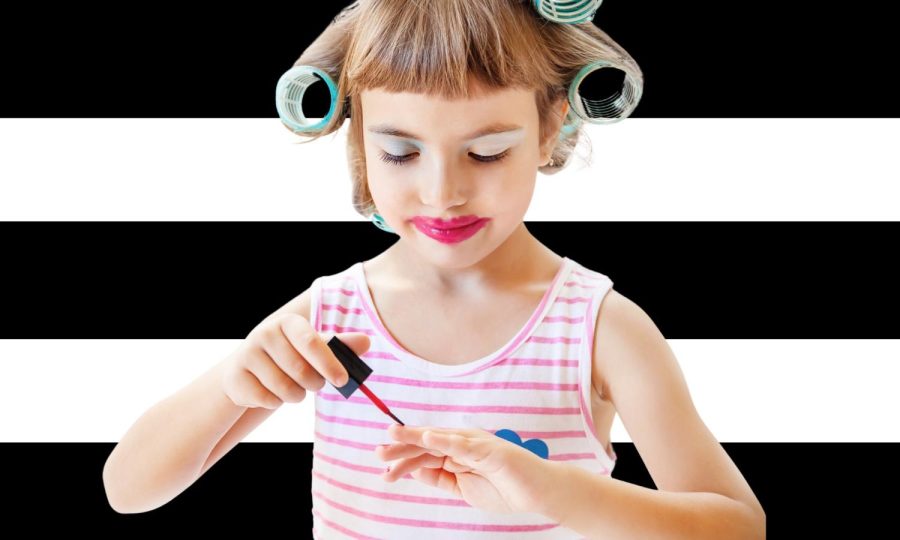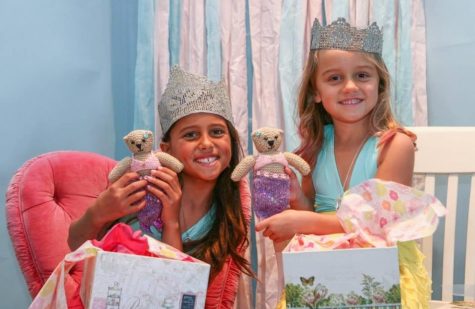
Sophie Lebourgeois | A&E Editor
September 25, 2024
For teenage and adult women now, it is safe to say our childhoods are slowly being replaced. The colorful, joy sparking nostalgia of Littlest Pet Shops, American Girl Dolls, Shopkins, princess dresses, tiaras, Disney Channel, Lala Loopsies, Easy bake ovens, Shrink-a-Dinks and so much more have, in recent years, begun to fade to a forgotten era of pure bliss.
In comparison to today’s more expensive pre-teen obsessions, our colorful childhood is now being referenced as part of “the good old days.” Why is it that pre-teen girls are now lacking in embracing their young age? What’s with this sudden push to “grow up?” It is believed that the answer lies in technology exposure, particularly in the field of social media.

The excitement that little girls used to receive from visiting stores like Toys R’ Us and Claires has now been translated to personal care and beauty supply stores such as Sephora and Ulta Beauty. Not only do these stores contain much more expensive items, their product is not in any way meant to be used on little girls.
The craze for makeup and skincare undoubtedly comes from girls’ recent exposure to influencers on social media platforms who are, oftentimes, paid for promoting specific beauty products. The aesthetic and attractive portrayal of these influencers’ lives targets young girls who find role models in them. Regarding her Sephora addiction, Lily Hirtzel, an 11-year-old in sixth grade, expressed “Social media, YouTube shorts, and myself inspired me to start buying skincare and makeup,” she said, “Makeup is fun to use and I don’t care that it makes me look grown up.”
Young girls should not be blamed for their obsession, as access to technology and social media is highly influential to all. It is simply because young girls are so easily influenced that they have found a liking in items not necessarily produced for them. What used to be fake makeup kits are now “Skincare Smoothies” and Summer Fridays lip glosses. These girls want to feel older, and because the role models around them use these items, they feel the need to as well.
Keira Medlin, an SCHS graduate class of 2024, has had several encounters with these “Sephora girls.” Medlin stated, “a lot of time, the girls I see look under the age of ten, at that age I was still playing with Pet Shops and doing fashion shows with my stuffed animals.” It is slightly upsetting to see the drastic ways in which access to TikTok GRWM (“get ready with me”) and “nighttime routine” videos have altered the preferences of young girls and it’s hard not to wonder whether their obsession will affect their adulthood.
Although it may be hard to embrace the integration of social media platforms into children’s everyday lives, it has become an inescapable reality that parents must now learn to navigate. The childhood of those after us will not look the same as our past, and, as of right now, it’s hard to predict whether that’s a good or bad thing. However, it is clear that the craze has gotten slightly out of hand and a remedy for this may be to limit screen time, especially on platforms such as TikTok. The obsession is not only expensive, but it is also disruptive to young girls’ childhoods, convincing them that they need to conceal the most unique parts of themselves.

Great writing! This was a fun read and so informative! I monitor my kids social, but will be limiting even more now! Thanks!